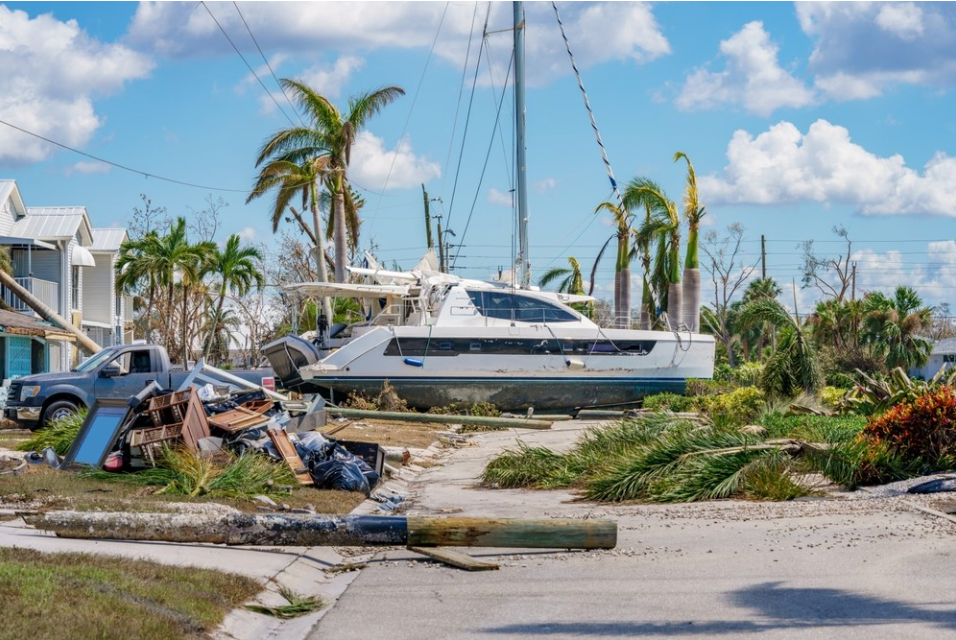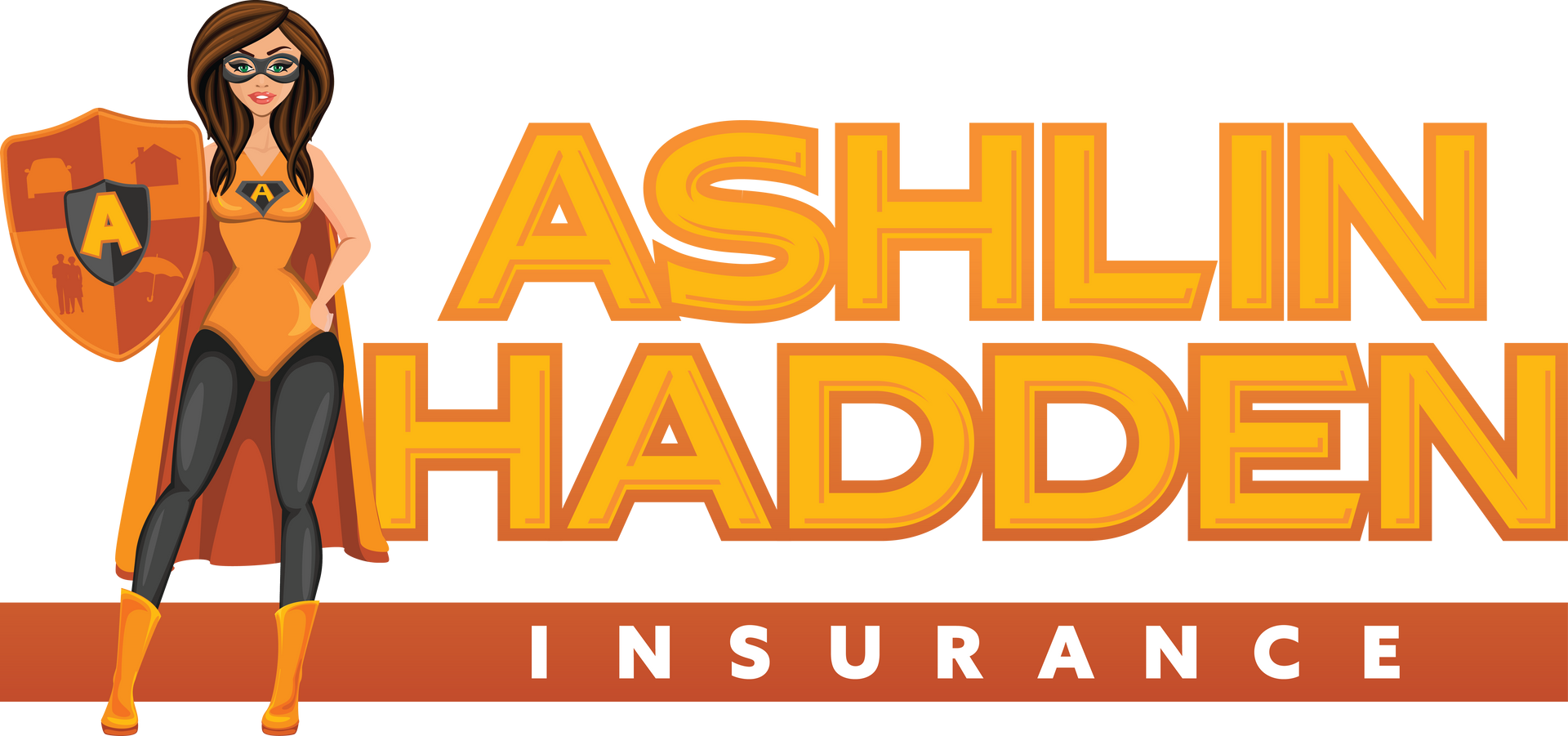
Numerous carriers are pausing the issuance of new policies, and those that haven't suspended new coverage are instead opting to leave the market or join forces through mergers. Underwriting criteria may now lean towards established, low-risk businesses that meet the criteria of a clean claims record within a five-year span. They will also push for clients to bundle their home and auto coverage. Furthermore, many carriers are refraining from reinstating lapsed coverage. The resulting disruption in the insurance market is bound to have an impact on you (if it hasn't already). To be clear, these restrictions and changes can be found in any type of insurance policy. However, companies that offer automobile and home insurance are affected the most, and here is why:
Why Are My Home Insurance Premiums So High?
Homeowners insurance rates have increased by an average of 2.8% so far in 2023 across the 50 states and the District of Columbia. And the outlook for improvement is dim. It’s easy to blame these spikes on corporate greed, but the reality is that the current climate is making it difficult for carriers to cover insurance claims

Climate Change and Natural Disasters
According to the National Centers for Environmental Information:
“[As of August 2023], “there have been 15 confirmed weather/climate disaster events with losses exceeding $1 billion each to affect the United States. These events included 1 flooding event, 13 severe storm events, and 1 winter storm event. Overall, these events resulted in the deaths of 113 people and had significant economic effects on the areas impacted.”
Globally, extreme wildfires could surge due to rising temperatures, with estimates projecting up to a 14% increase by 2030 and 30% by 2050. Natural disasters have become so prevalent that in some states, insurers are completely pulling out. For example, major carriers have left the state of Florida due to the prevalence of hurricanes, leaving homeowners with premiums almost four times higher than the national average.

California homeowners are also affected, with companies like State Farm and Allstate halting new policies due to wildfire risks. States like Louisiana and Texas are witnessing a notable trend of insurance companies either withdrawing from the market or substantially raising their premium costs. The surge in natural disasters, ranging from hurricanes to wildfires, has heightened the risks associated with insuring properties in these regions. As a result, insurance companies are grappling with the need to balance risk and profitability, leading to difficult decisions regarding high-risk states.
High Costs of Materials and Labor
The ongoing economic downturn stemming from the impact of COVID remains evident in 2023. While inflation seems to be stabilizing (moving from 6.2% in the previous year to 4.7% this year), the expenses tied to building materials remain high, as does labor. If you are in an automobile accident, you should anticipate spending more money and enduring extended wait times for repairs.
According to For Construction Pros, the shortage of electrical steel is causing complications with transformers. Simultaneously, heightened demand for materials such as aluminum, copper, and nickel has led to price escalations in electrical and construction projects. Although interest rates and recession concerns might temporarily suppress copper prices, the drive toward clean energy investments will hopefully counterbalance this effect in the following years.
“This contraction is worse than the previous estimate of 4.3%, because growth is being hampered by high input costs, rising interest rates, inflation, and supply chain issues," said Patrick Ryan, executive vice president for the Americas at Linesight. "While demand for most key commodities in the United States is expected to ease in the coming year, rising input costs, high energy prices and other challenges are expected to offset this.”
The insurance industry says that rebuilding and replacement costs surged 55% between 2019 and 2022. And reinsurance (the insurance insurers rely on to limit their risks) has gone up between 30% and 40% after years of losses in the industry, according to Matthew Carletti, an insurance industry analyst for JMP Securities.

In short, the combination of natural calamities, increased demand for construction materials, and a surge in labor wages has led insurance providers to raise home insurance premiums as a means of counterbalancing claim-related expenses.
Why Are My Auto Premiums So High?
You probably noticed that prices across the board have surged since 2021. Everything from gasoline to food to baby products has become both outrageously expensive and sometimes even inaccessible. Car parts are no different. Repairing your car after an accident is costly for both you and your insurer. Here’s why:

Cars these days are equipped with high-tech features like backup cameras, anti-lock brakes, and infotainment systems. They are also built with better parts to improve drivability and longevity. These updates are great for drivers, but not so great for insurance carriers.
Car repairs are extremely costly and lengthy these days. This is due to the scarcity of mechanics, components, and new vehicles—alongside the escalated prices of car parts which collectively contribute to inflated repair costs.
Recent federal consumer price data reveals a substantial 19.7% surge in the cost of car repairs on an annual basis. Additionally, broader figures from the Labor Department show a 13.5% increase in motor vehicle maintenance and repair over the 12 months ending in May. In May 2023, the average cost per repair reached $378.18, marking an almost 24% upswing from May 2020 when the average was $305.57. Furthermore, there has been a notable increase in car accidents during 2022 and 2023 in comparison to previous years. This trend is likely attributed to the easing of COVID restrictions.
What does all this mean?
It means that when you get in a car accident, you will be hard pressed to find a car mechanic that is readily available to fix your car. If that mechanic has to order replacement parts, this could extend the time your car is in the shop. If you have car rental coverage on your insurance plan, the insurance company must pay for each day you have to drive your rental. Compounding that with increased labor costs and car parts, insurance companies are struggling to pay off these claims.
Other Insurance Types That Are Increasing Premium Rates
Unfortunately, premium hikes are not limited to auto and home policies. They can be found across the board – from health insurance to travel insurance to business insurance. Let’s look at a few examples:
Health Insurance Costs are Going Up
Likely, your healthcare premiums have gone up this year, and that’s a direct result of the COVID aftermath. Several supplementary factors are amplifying the strain on healthcare expenses, with a strong likelihood of fostering more price escalations in the times ahead.
According to WTW, soaring premium charges can be attributed to private hospitals grappling with heightened costs brought on by elevated wage requirements, energy expenses, and healthcare charges. Furthermore, (and for nefarious, greed-driven purposes), some private healthcare facilities will attempt to secure higher compensation through insurance by running unnecessary tests and procedures. However, the frequency with which this happens is nearly impossible to prove.
Nonetheless, carriers like Irish Life Health have executed a second price hike this year, attributing it to a markedly significant surge in the frequency and magnitude of claims. This decision is not exclusive to Irish Life; Laya and Vhi are also set to face comparable claims-induced pressure, necessitating further price adjustments.

Compounding this situation is the increase of the older generations needing medical intervention, surgeries, and prescriptions. In America, 1 in 6 people are baby boomers and suffer more health problems than generations before. This places a significant strain on the healthcare sector, resulting in increased costs for services such as medical tests, X-rays, in-home nursing, E.R. visits, medications, and surgical equipment. Ultimately, insurance companies rely on us to shoulder the costs so they can reconcile their loss of profits.
Business Insurance Rates Fluctuate
Personal lines insurance products aren’t the only policies that have proven expensive in the last year. Many business owners are fed up with their premium rates – and rightfully so. Unfortunately, as is the case with personal lines carriers, commercial carriers struggle with socioeconomic, lifestyle, and climate changes.
For example, cyber insurance policies have fallen in line with recent pricing trends. Why? Because cyberattacks have increased almost 45% year over year. And, while you may be thinking this doesn’t pertain to you because your business is small and your clientele is modest, think again. Nearly 75% of all cyberattacks focus on small- to mid-size companies with 10 to 1,000 employees.

Another example: Commercial property insurance policies are also soaring in price. Buyers of commercial property insurance can expect higher rates due to – you guessed it! – climate change and catastrophic weather conditions.
Meanwhile, the cost of legal fees has also risen, accounting for the price increase of liability insurance premiums.
We could offer more examples of which insurance policies are getting increasingly expensive and why, but the underlying point is that virtually all insurance plans are pricier than they were the year before,
Reinsurance Rates Are Also Climbing
Just when you thought there couldn’t be any more types of insurance, you learn that reinsurance exists. If you aren’t familiar with it, reinsurance serves as insurance for insurance companies. It works by the primary insurer paying a premium to the reinsurer(s) in exchange for taking on a portion of the risk associated with the policies the primary insurer has underwritten. This allows the primary insurer to maintain their financial stability and capacity to cover claims, particularly in the case of catastrophic events or unforeseen circumstances that might result in high losses.
But with the rising perils of natural disasters, economic uncertainties, supply chain challenges, labor shortages, and scarcity of materials, even reinsurers are increasing their prices.
Property catastrophe reinsurance rates surged by 45% to 100% at the beginning of 2023 and are hovering around that same percentage spread as the U.S. goes into Q4.
How to Keep Your Insurance Premium Costs Lower

We wish we could offer some insurance insider secrets that would relieve you of higher premiums, but we unfortunately do not. However, there are some things you can proactively do to curtail the rising costs of your monthly insurance payments:
- Consider Opting for Higher Deductibles: Choosing higher deductibles can lead to savings on your policy.
- Explore Safe Driving Telematics Programs: Certain insurers offer discounts for good driving behavior through telematics.
- Review Available Discounts: Ensure you're making the most of all available discounts.
- Maintain Continual Coverage: Prevent policy lapses to avoid potential difficulties in reinstating coverage.
- Bundle Auto and Home Policies: Bundling policies not only cuts costs but also offers more stable pricing.
- Value Long-Term Relationships: Staying with a single insurer over time can yield benefits in the future.
- Drive Responsibly: Traffic violations can result in rate hikes and remain on your record for years.
- Reserve Claims for Catastrophic Events: Use your coverage judiciously and minimize frequent claims.
- Show Appreciation to Your Agent: Remember, your insurance agent is navigating these changes alongside you.
Conclusion
As the state of America continues to face post-COVID challenges, the insurance sector also is facing complexities – natural disasters, economic downturns, supply chain disruptions, resource limitations, and reinsurance pricing hikes. These factors have collectively driven up insurance premiums, posing financial concerns for policyholders like yourself.
Luckily, there are practical measures you can adopt to alleviate the impact on your wallet. Embracing higher deductibles, exploring safe driving programs, and maximizing available discounts can soften the blow. Consistently maintaining coverage, bundling policies, and cultivating lasting relationships with insurers can also provide stability.
But regardless of how effective or ineffective these steps prove to be, it’s important to remember that insuring the things you’ve worked so hard for – your family, your home, and your business – is a proactive, important, and smart decision that is worth the cost of your premiums, regardless of the price.
OTHER POSTS






